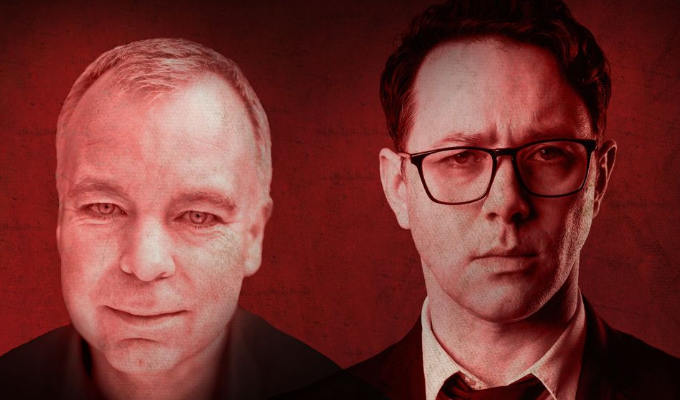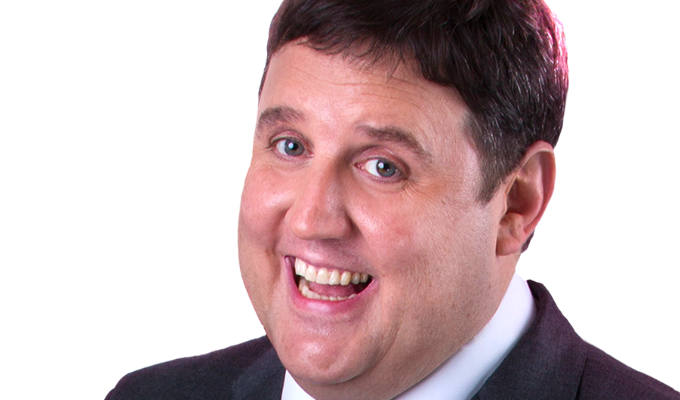Comedy's better on radio
Says Sean Prower, a teenage fan of vintage shows
The BBC’s new head of radio comedy, Jane Berthoud, says that with audiences of more than five million, radio comedy remains ‘a jewel in the crown of British culture’ and rightly so. But who is actually listening?Gone are the days of switching on the wireless, waiting for the set to heat up and gathering round in eager anticipation for the Light Programme. In 1951 we were treated to the first ever Goon Show. 1959 gave us the beginning of the 15-series run of The Navy Lark with a delightfully young Ronnie Barker. In 1965, Round The Horne first aired and 1972 the first I’m Sorry I Haven’t A Clue. These programmes didn’t just define radio. They defined comedy.
But depending on your age, these examples may be either memorable or meaningless. You may think this is obvious. Young people will have no interest in comedy of the Fifties, Sixties and Seventies. The majority may stereotypically spend their time on Facebook and YouTube, drinking till dawn. But I am 19 and I love old comedy, possibly more than the modern stuff. I relish I’m Sorry I Haven’t A Clue, Just A Minute, Steptoe And Son and Morecambe And Wise. I take an interest in the history as well as the comedy itself. The variety years of Eric and Ern and how Galton and Simpson first met in a sanatorium and teamed up to write sketches for hospital radio.
For fans of old radio comedy – and for those who love owning every series of a show so it looks smart on their shelves– is the sad issue of wiping. We have lost all of the first series of the Goon Show and most of series two, yet we have all episodes and quick DVD releases of some shamefully dire modern television sitcoms.
Maybe this issue originally motivated people to listen in case it was their only chance to hear it. Now that wiping is not a concern, and we have technology such as the BBC iPlayer, it is no wonder people tune in and out whenever the mood takes them. Even then, who, age-wise, is actually listening to those repeats?
My generation, born between the mid Eighties and early Nineties, grew up solely on television. Various studies will tell us that young people turn out the way they do from what they see on screen. Eight-year-olds swear, 14-year-olds drink and having underage sex. But is it from the influence of television? Did Basil Fawlty’s anger really have impact? Do Alan Partridge’s snide remarks hit home? Has today’s youth missed out on something? My answer is yes. Without a doubt.
The joy with radio is that it gives us the opportunity to be creative. We make up our own images. Today we are so overrun by computer games, the internet and television that we are beginning to lose our creativity. People are doing the work for us. We will think what we are shown to think.
But it is amazing how many gems are actually on the radio and how many of them could easily attract a young audience if only they tried. Sitcom, sketch show or otherwise. Clare in the Community, The Unbelievable Truth, The Now Show, That Mitchell and Webb Sound, Mark Watson Makes The World Substantially Better, Genius, Ross Noble Goes Global, Old Harry’s Game. I could go on. Naming stars; David Mitchell, Sally Phillips, Mark Steel, Mitch Benn, Paul Merton, Jeremy Hardy and Tim Key. Some of them began on radio and why? Because it gives opportunity and choice – far more than television.
Just because we see something doesn’t mean it is better. Pictures only entertain us. Yes we’ve had television adaptations of radio programmes, such as the recent Genius and I’ve Never Seen Star Wars, but they were never worthy of the radio versions. Clare in the Community began as television pilot. Only when it later transferred to radio did it become a success, currently running to five series, each one just as funny as the last. For television, most comedy ideas tend to run dry after two or three series and storylines become more absurd when originally they were realistic, making them lose their connection with the audience.
If you have a stereotypical teenager, this will be difficult but why not try having the radio on, even if it is for ten minutes, to introduce them to what’s there? It doesn’t have to be comedy. Anything so long as more people try out an institution that is clearly being neglected. Something positive may soon come from it.
Published: 3 Apr 2009






